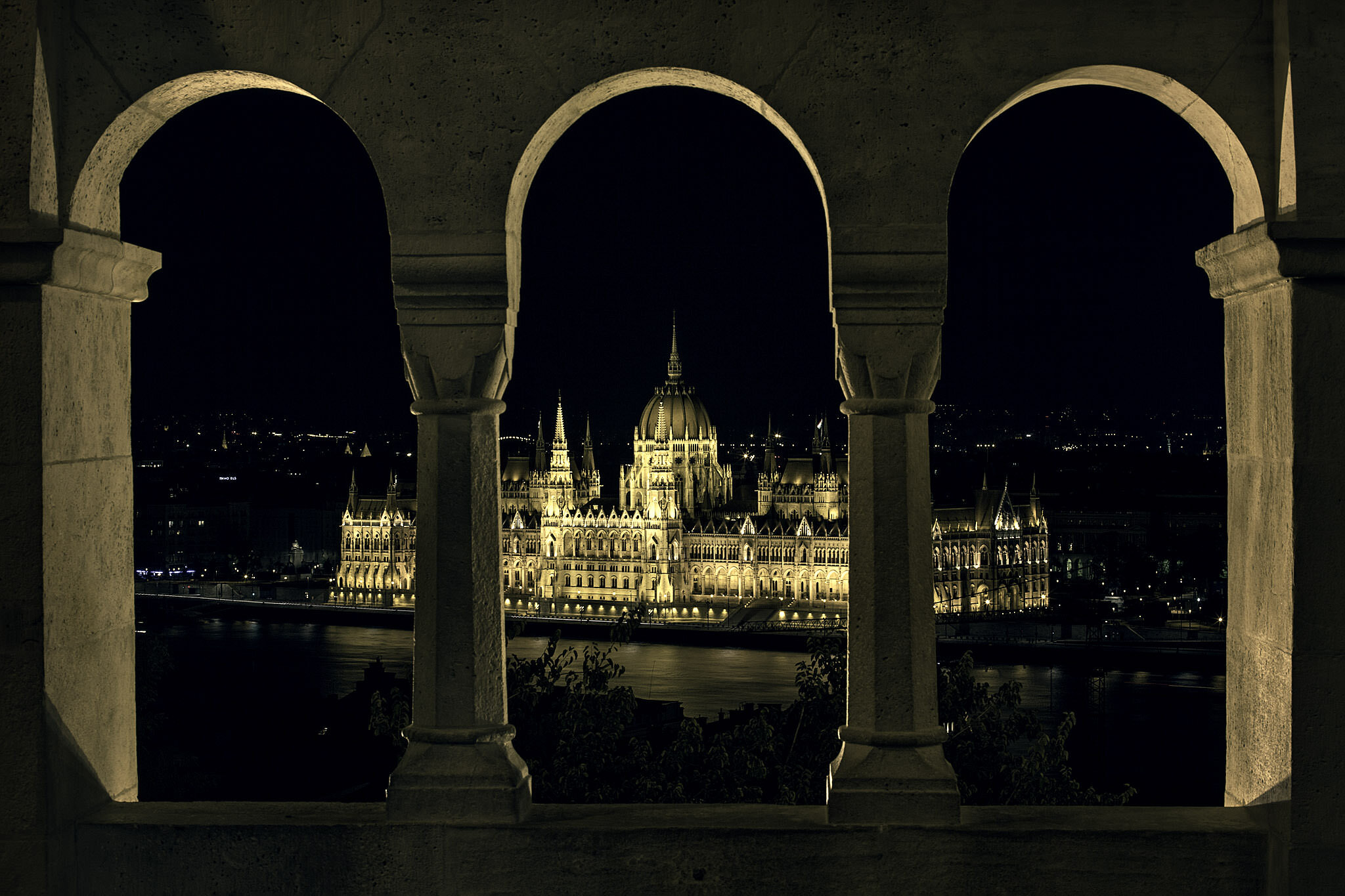Fisherman’s Bastion, Budapest



A bastion is a defensive structure which projects outwards from a curtain wall, or fortified building. These could be semi-circular or angular in shape, and were often positioned at the corners. The name Fisherman’s Bastion would lead us to believe that fishermen were defending the bastion here, well there may be some truth to that. Fisherman’s Bastion sits where the defensive walls of Buda Castle once stood, but after the many sieges they endured, little remained of the original defences. It is thought the name Fisherman’s Bastion derives from the guild of fishermen, who lived just under this section of the walls, in the area then known as Fishtown, between the river and the castle walls. If the town needed defending, then they would take up their post on this section of the wall.
Fisherman’s Bastion was built between 1895 and 1902. It was designed to be a panoramic terrace, and is set just outside of Matthias Church. It was created to enhance the area, but it was also built as part of the massive building program in Budapest to celebrate the 1,000-year history of the Hungarian state. The same architect who worked on the restoration of Matthias Church, Frigyes Schulek, also designed Fisherman’s Bastion.
Fisherman’s Bastion has seven towers, which symbolise the seven Magyar chieftains, who led their tribes to settle in Hungary in 895. A few soldiers, representing different time periods, have been carved into the walls themselves. The work was created by Franz Graf Mikhail.
In the centre of Fisherman’s Bastion is a bronze statue of its first Hungarian king, King Stephen, who later became St. Stephen, depicted riding his horse. The statue was originally intended to be coved by a dome, but budget constraints meant that it ended up free standing. It is located in the middle of the southern courtyard, and was unveiled on the 21st of May 1906.
Fisherman’s Bastion was heavily damaged during World War II, but was later restored by the son of the original architect, Janos Schulek. After the war, Budapest was occupied by the Soviets, and a red star was hung from the Bastion walls overlooking Pest. This provided a constant reminder to the citizens, that they were now living under communist rule. The communist regime came to an end in Hungary in 1989.
Fisherman’s Bastion was built in a Neo-Romanesque style, and is around 140 meters (459 feet) in length. It was intended to provide amazing views of Pest and the Parliament building, and in that it has been a resounding success. It is the most visited attraction in Budapest, and was made a UNESCO World Heritage site in 1987.






